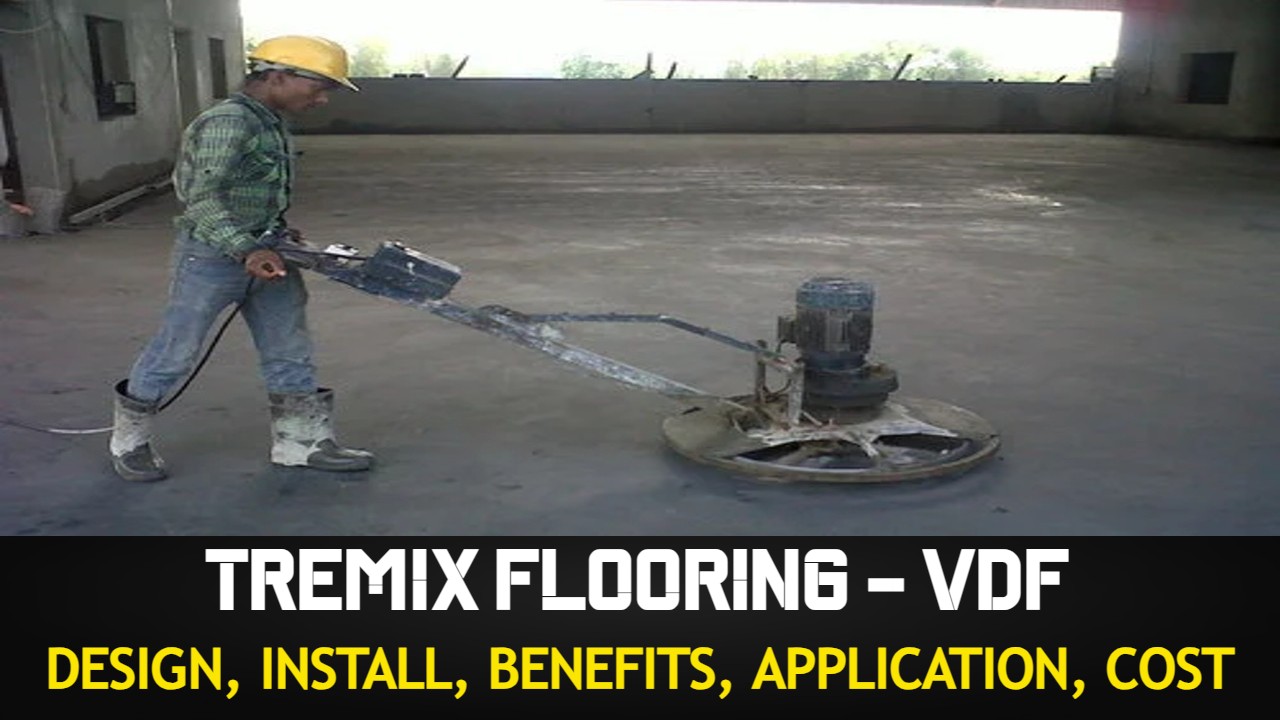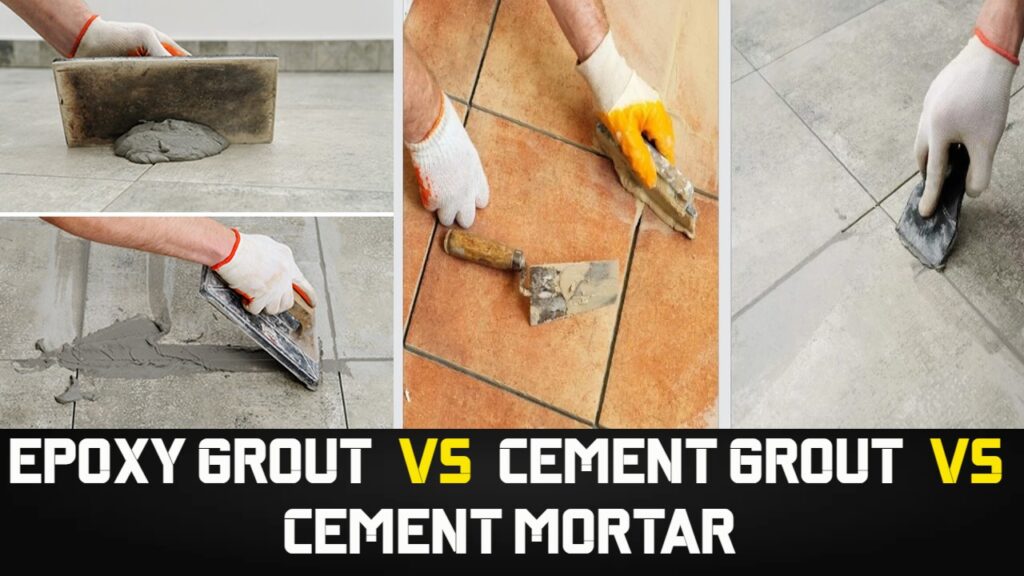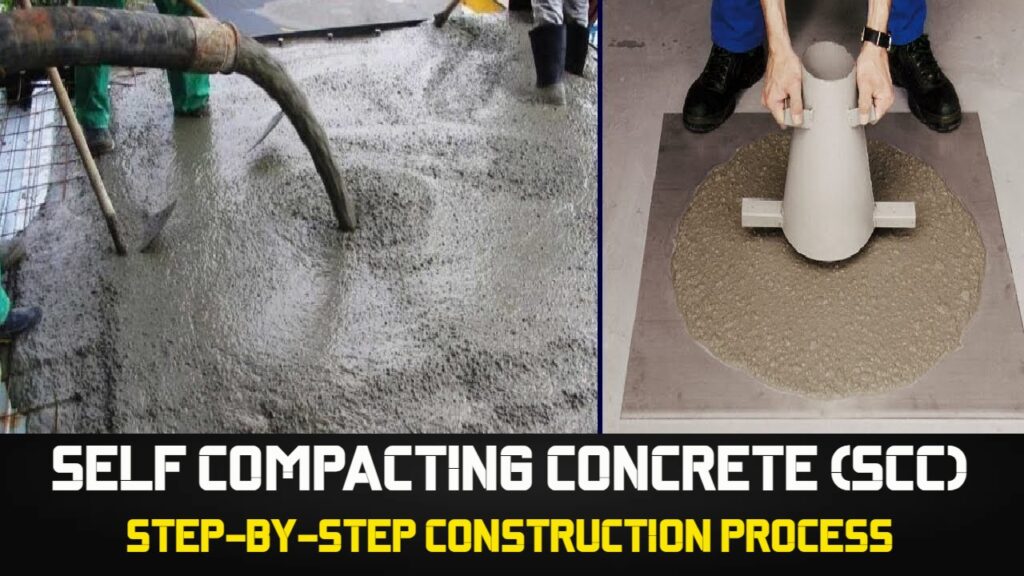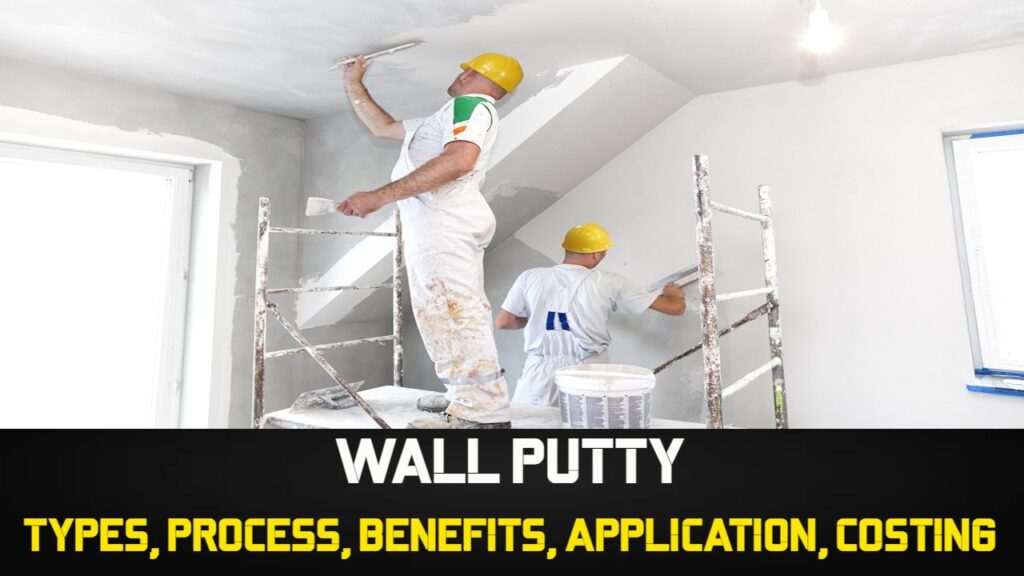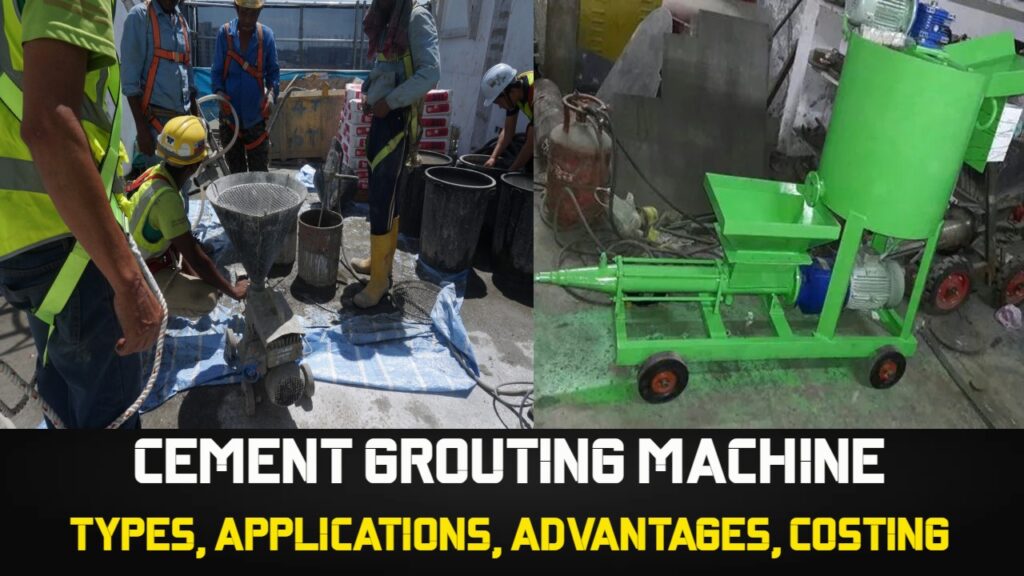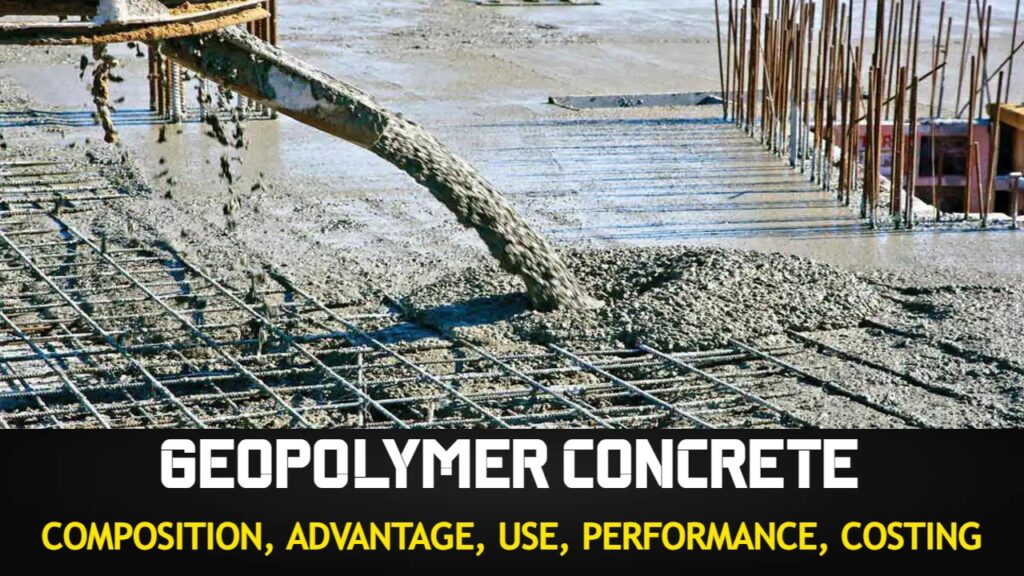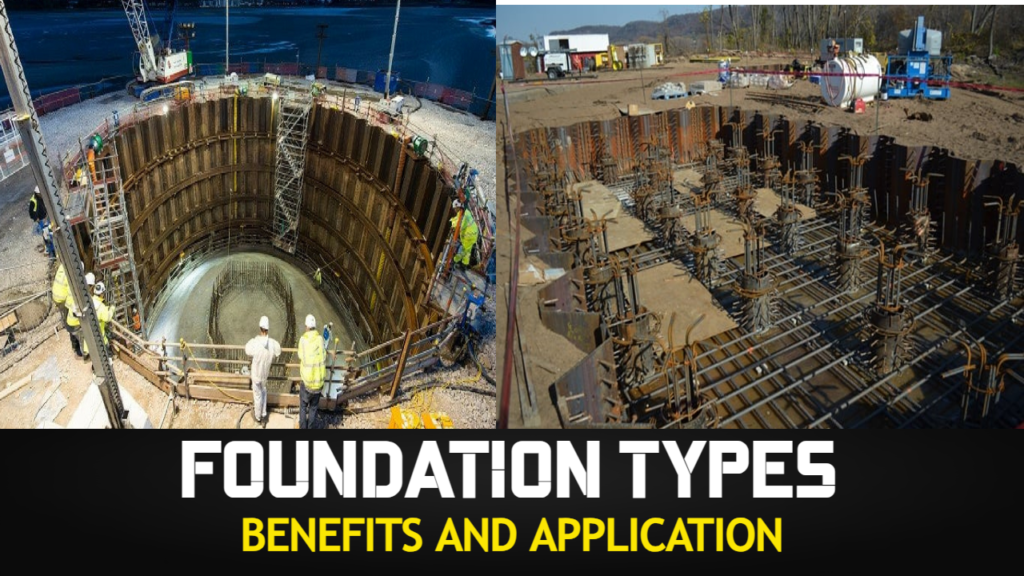Tremix flooring distinguishes out as a dependable and adaptable alternative among flooring solutions. Due to its outstanding strength and endurance, this resilient concrete flooring option has become more and more popular in a variety of locations and sectors.
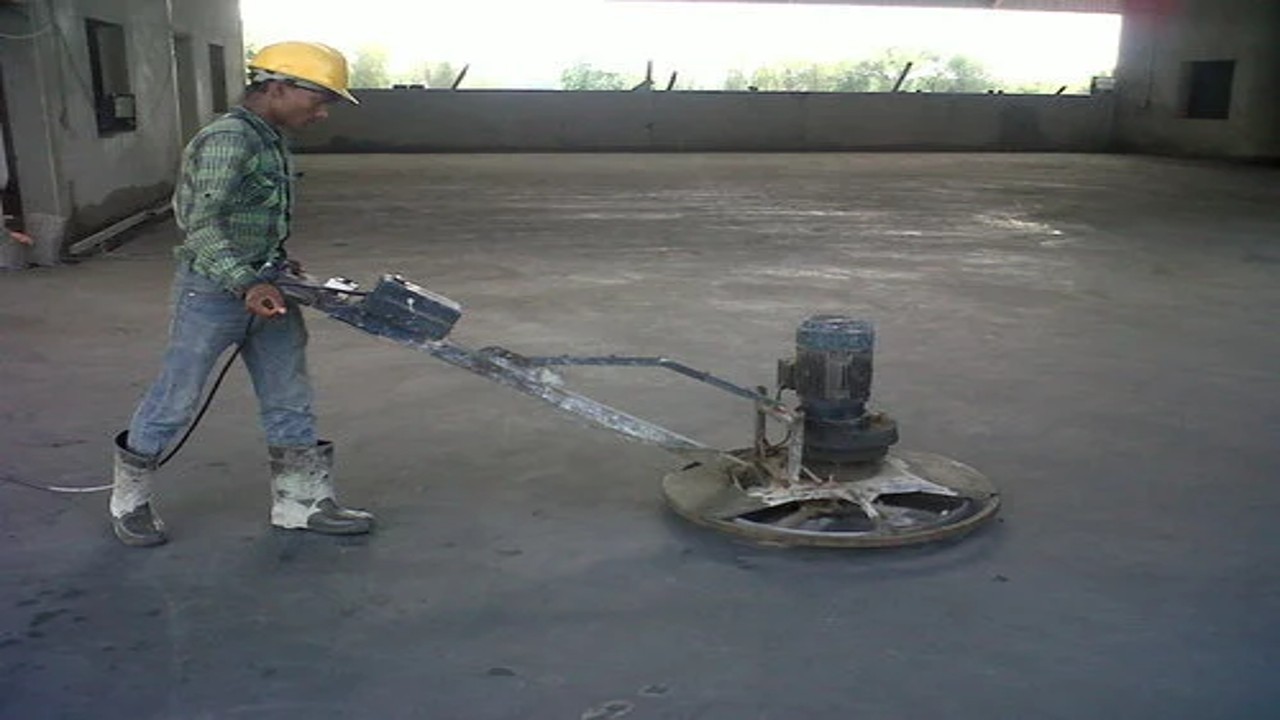
Tremix flooring, commonly referred to as vacuum dewatered flooring or VDF flooring, is a unique technology for installing concrete floors that has many benefits over more conventional concrete flooring methods. In order to achieve a very sturdy, even, and level floor surface, specialised equipment and a hoover technique are used.
Tremix flooring’s main objective is to create an improved concrete floor with increased strength, durability, and aesthetic appeal. A floor that can endure large weights, high traffic, and diverse climatic conditions is made denser and more compact by eliminating surplus water from the concrete mixture throughout the process.
Engaging seasoned experts who have the required ability and understanding is crucial to the effective deployment of Tremix flooring. From surface preparation to final finishing, they can direct the process and make sure the flooring satisfies the specified specifications and performance standards.
To assist you in making an informed choice for your flooring needs, we will cover the intricate details of tremix flooring, Design Consideration, thickness and grade of concrete used, tools and material, applications, installation process, maintenance, costing, and frequently asked questions.
Contents
- 1 Design Consideration for Tremix Flooring
- 2 Thickness of Tremix Flooring
- 3 Ratio of Tremix Flooring
- 4 Tools and Material for Tremix Flooring
- 5 Tremix Flooring Installation Process
- 6 Applications of Tremix Flooring
- 7 Advantages of Tremix Flooring
- 8 Dis-advantages of Tremix Flooring
- 9 Maintenance Tips for Tremix Flooring
- 10 Costing
- 11 Conclusion
- 12 Frequently Asked Questions – FAQs
Design Consideration for Tremix Flooring
Tremix flooring design includes giving careful consideration to a number of variables in order to guarantee top performance and durability. The following are the main factors to consider while creating Tremix flooring:
- Load Requirements: Determine the planned function and the flooring’s capabilities for bearing loads. Think about the kinds of machinery, vehicles, and equipment that will be in use on the floor. This data will be used to calculate the thickness and reinforcing needs for the flooring.
- Subgrade Evaluation: Assess the subgrade conditions to guarantee that the Tremix flooring will be properly supported. To ascertain whether any extra measures, such as soil stabilisation or subbase layers, are required, evaluate the kind, compaction, and stability of the soil.
- Joint Placement: Plan the placement of construction joints and expansion joints to prevent cracking and to allow for shrinkage- and temperature-related movement. To keep the flooring’s integrity over time, proper joint spacing and arrangement are essential.
- Surface Finish: Take into account the Tremix flooring’s preferred surface finish. Depending on the space’s practical and aesthetic needs, it may have a smooth, polished finish or a textured or non-slip surface.
- Slope and Drainage: To ensure efficient water runoff and minimise water accumulation on the flooring, incorporate adequate slope and drainage systems into the design. For outdoor or wet locations, this is especially crucial to prevent slip dangers and water damage.
- Reinforcement: Determine whether the Tremix flooring design needs to be reinforced. To improve structural integrity and reduce cracking, steel reinforcing bars or fibres may be used.
- Curing and Protection: To guarantee correct hydration and the development of the concrete’s strength, plan for the right curing techniques and protective measures. Take into account elements like surface protective coatings, curing time, and curing ingredients.
- Compliance with Codes and Standards: Verify that the Tremix flooring’s design conforms with all applicable building requirements, rules, and standards in your area. For the sake of legal compliance, safety, and quality, it is essential to follow these rules.
You may construct a Tremix flooring design that satisfies your unique requirements and assures long-lasting performance by carefully examining these design factors and working with knowledgeable experts. It is advised that you seek the assistance of engineers, architects, and contractors with experience in flooring design to guide you through the procedure and guarantee the best results for your project.
Also Read: Installing PVC Vinyl Flooring in 6 Steps: A Comprehensive Guide
Thickness of Tremix Flooring
Tremix flooring’s thickness might change based on the needs of a given project, its ability to support loads, and its intended purpose. Tremix flooring is often suggested in thicknesses between 75 mm (3 inches) and 100 mm (4 inches).
A thickness of 75 mm (3 inches) is frequently enough for mild to moderate industrial or commercial applications. This thickness gives areas with frequent foot activity or light equipment enough strength and durability.
A thicker Tremix floor is advised in heavy-duty industrial settings or places with large gear or vehicles. To withstand the added weights and impact from heavy machinery, a thickness of 100 mm (4 inches) or more could be required.
It’s crucial to remember that when choosing the thickness of your Tremix flooring, you should take into account things like the type of traffic, the anticipated loads, and any local needs or rules. Based on your unique requirements and the conditions of your project, consulting with structural engineers, architects, or skilled specialists may help you decide the ideal thickness for your Tremix flooring.
Ratio of Tremix Flooring
For Tremix flooring, the ratio of the concrete mix is typically 1:1.5:3 (1 Part Cement : 1.5 Part Sand : 3 Part Coarse Aggregate).
Tools and Material for Tremix Flooring
There are a number of tools and materials needed to install Tremix flooring. The typical equipment and supplies necessary to install Tremix flooring are listed in detail below:
Tools:
- Concrete Mixer: To prepare the concrete mixture, a concrete mixer is used to combine the cement, sand, aggregates, and water.
- Tremix Machine: The tremix machine, often referred to as a vacuum dewatering machine, is the piece of machinery used to properly spread and level the concrete mixture on the ground. It comprises of a vacuum pump and a vibrating screed to drain the concrete of extra water.
- Bull Float: Usually constructed of wood, aluminium, or magnesium, a bull float is a long-handled instrument with a flat, rectangular blade. Prior to vacuum dewatering, it is used to level and smooth the concrete’s surface.
- Trowels: During and after the Tremix process, the concrete’s surface is finished and smoothed using a variety of trowel types, including hand trowels and power trowels. They aid in creating a polished and consistent look.
- Edger: To produce rounded edges along the perimeter of the concrete slab, use an edger tool. It offers a crisp finish and aids in preventing chipping.
- Joint Cutter: A joint cutter, also known as a grooving machine, is used to carve expansion or control joints into the surface of concrete. These joints aid in preventing heat expansion and shrinkage-related cracking.
- Broom or Brush: To provide the concrete surface a rough finish that improves grip and lowers the chance of slipping, a broom or brush is employed.
- Measuring and Marking Tools: The Tremix flooring area is measured and marked using measuring tapes, chalk lines, and markers to ensure precise placement and alignment.
Materials:
- Cement: The concrete mixture used to create Tremix flooring relies heavily on cement. It gives the finished product binding qualities and strength.
- Aggregates: Sand and gravel are two examples of aggregates that are used with cement to create concrete. They support the flooring’s stability and strength.
- Water: Water is utilised to trigger the chemical process that causes the cement to hydrate and harden. To get the right consistency, the water supplied should be carefully monitored.
- Reinforcement: To increase the tensile strength and longevity of the Tremix flooring, reinforcing materials like steel bars or fibres may be employed, depending on the particular project needs.
- Sealer: To preserve the completed floor against stains, water infiltration, and wear after the Tremix process, a sealer or surface treatment may be used. Depending on the desired qualities, sealants might be polyurethane, acrylic, or epoxy-based.
- Cleaning and Polishing Chemicals: Tremix flooring may be kept clean and polished to a high shine with the use of cleaning agents and polishing chemicals. These substances assist in removing stains, filth, and dirt while restoring the floor’s sheen.
It’s important to remember that the precise equipment and supplies needed may change based on the project’s specifications, the site’s circumstances, and regional laws. Tremix flooring experts or contractors that have experience with the product may offer insightful advice on the best equipment and supplies for your particular project.
Also Read: Calculate Quantity Of Tiles For Flooring
Tremix Flooring Installation Process
Tremix flooring installation requires a number of stages to create a beautiful and durable finish. Here is a detailed explanation of the installation procedure:
- Surface Preparation: Make sure the surface is clear and free of any plants or trash before installing the Tremix flooring. Make sure the subgrade is levelled and compacted appropriately to give a solid foundation for the flooring.
- Formwork Installation: The formwork should be erected around the flooring area’s perimeter. The formwork serves as a perimeter and keeps the concrete in place while it is being poured and hardened.
- Reinforcement Placement: If the design calls for reinforcement, insert steel bars or fibres into the formwork to strengthen the concrete. The strength and longevity of the flooring are improved as a result.
- Concrete Mix Preparation: Cement, fine aggregate (like sand), coarse aggregate (like gravel or crushed stone), and water are combined to create the concrete mix. The mix needs to follow the required design specifications and proportions.
- Pouring and Spreading: Distribute the concrete mix uniformly into the formwork to ensure uniform flooring thickness. Spread and level the concrete using mechanical screeds, vibrating equipment, or hand techniques to create a smooth and level surface.
- Vacuum Dewatering: After the concrete has been spread, start the vacuum dewatering procedure. Vacuum pumps are used in this process to remove excessive water from the concrete mix. The vacuum dewatering procedure contributes to the concrete’s increased density and strength, lowering the likelihood of cracks and improving the flooring’s general quality.
- Finishing: Use power trowels or other suitable equipment to further smooth and level the surface of the Tremix flooring after vacuum dewatering. Based on the needs of the project, pay attention to attaining the required finish, whether it is a smooth or textured surface.
- Curing: Apply curing agents or use other curing techniques to ensure that the concrete is properly hydrated and cured. To encourage the development of strength and durability in the Tremix flooring, adhere to the advised curing times and processes. Tremix flooring might take longer or shorter to cure depending on the environment, the concrete mix, and other elements. The flooring typically needs 7 to 14 days to develop enough strength to be used regularly.
- Joint Cutting and Sealing: Once the concrete has adequately hardened, cut building joints in accordance with the design requirements before sealing them. These joints allow for mobility while controlling cracking. To prevent moisture intrusion and preserve the joints’ long-term integrity, use the appropriate joint sealants.
- Cleaning and Maintenance: Thoroughly sweep off any dirt, dust, or residue from the Tremix flooring. Use consistent cleaning and maintenance techniques to keep the flooring’s beauty and functionality throughout time.
You may effectively build Tremix flooring that demonstrates strength, durability, and aesthetic appeal by carefully following these instructions and sticking to the design parameters. To achieve the greatest outcomes for your unique project, it is advised to contact with experts skilled in installing flooring and building concrete structures.
Also Read: Understanding Magnesite Bricks: Types, Composition, Construction Applications, Pros, Cons
Applications of Tremix Flooring
Tremix flooring has several uses in a variety of contexts and industries. Because of its adaptability and toughness, it may be used for:
- Industrial Facilities: Because Tremix flooring can handle heavy machinery, foot traffic, and chemical spills, it is frequently used in warehouses, industrial facilities, and logistics centres.
- Commercial Spaces: The smooth and visually attractive surface of tremix flooring makes it ideal for shopping centres, retail stores, showrooms, and exhibition halls.
- Healthcare Facilities: Hygienic, simple-to-clean, chemical-resistant flooring is needed in hospitals, clinics, and labs. These standards are met by Tremix flooring.
- Educational Institutions: Schools, colleges, and universities may profit from the tremix flooring’s durability and reduced maintenance needs in high-traffic areas like hallways and auditoriums.
- Residential Buildings: Tremix flooring may be a great option for basements, garages, and outdoor spaces where durability is crucial, while being less frequent in residential settings.
- Sports Complexes: Tremix flooring is frequently used in indoor sports facilities, gymnasiums, and arenas because of its resilience to severe loads, impacts, and frequent foot traffic.
- Automotive Showrooms: Tremix flooring offers a beautiful, polished surface that improves how cars are shown at auto shows.Tremix flooring offers a sophisticated and polished surface that improves how cars are shown in showrooms and dealerships.dealers and rooms.
Advantages of Tremix Flooring
Certainly! More specifically, the benefits of Tremix flooring are as follows:
- High Strength and Durability: Tremix flooring is renowned for its extraordinary toughness and sturdiness. As a result of the vacuum dewatering procedure employed during installation, the concrete is made denser and more compact. This boosts its ability to support heavier loads and prevent damage from high traffic, making it appropriate for use in industrial and commercial settings where durability is essential.
- Smooth and Level Surface: Tremix flooring offers a flat, smooth surface that is necessary for a variety of tasks. It makes it possible for equipment, machinery, and materials to move freely and without any obstacles in industrial environments. A level surface guarantees the safe and effective flow of vehicles and lowers the danger of accidents in commercial settings like warehouses, parking lots, and airports.
- Resistance to Cracks and Shrinkage: Tremix flooring has a much lower likelihood of cracking and shrinking because to the hoover dewatering process. It reduces the development of capillary spaces and guarantees a more compact structure by eliminating extra water. This increases the floor’s overall integrity and lowers the chance of cracks brought on by drying and shrinking over time.
- Reduced Water Seepage: Compared to conventional concrete flooring, tremix flooring is less susceptible to water seepage. By successfully removing extra water from the concrete mix, the vacuum dewatering process creates a denser and more impermeable surface. This aids in preventing water from penetrating the floor and harming supporting structures or machinery.
- Enhanced Abrasion Resistance: Tremix flooring has great abrasion resistance, making it ideal for places with strong foot traffic or moving machinery. Its tough exterior can endure wear and tear from constant usage, preventing early degradation and reducing the need for regular maintenance or replacements.
- Faster Construction: Compared to conventional flooring techniques, Tremix flooring allows for quicker construction. Utilising specialised equipment and methods, such as hoover dewatering, speeds up the curing of concrete and shortens the time it takes for the floor to reach its maximum strength. This reduces downtime during building projects and speeds up space occupancy.
- Improved Aesthetics: Comparing Tremix flooring to traditional concrete flooring, it offers a better finish. A smooth and uniform surface is produced by the vacuum dewatering process, which removes air spaces, undulations, and imperfections. The area looks better overall because to its aesthetically acceptable finish, which adds to its visual appeal.
- Low Maintenance: Once laid, Tremix flooring requires little upkeep. It is simple to clean and maintain because to its solid and sealed surface, which inhibits the collection of dirt, dust, and stains. Regular polishing or cleaning with gentle detergents may keep the floor looking great for a longer period of time, negating the need for intensive upkeep or pricey repairs.
- Cost-Effectiveness: Tremix flooring is a cost-effective option despite having a somewhat higher initial installation cost than conventional flooring techniques. Tremix flooring’s long lifespan and minimal care needs translate over time into lower repair and replacement expenses. Additionally, the shorter building period helps reduce project delays and labour expenses.
To make the most of the benefits of Tremix flooring and ensure its long-term performance, it is crucial to seek the advice of skilled specialists and adhere to suitable installation instructions.
Dis-advantages of Tremix Flooring
Tremix flooring has many benefits, but it’s also necessary to think about any potential drawbacks. More specifically, the following are some drawbacks of Tremix flooring:
- Initial Cost: Tremix flooring installation might cost more up front than conventional concrete flooring techniques. This is mainly because of the specialised tools and apparatus needed for the vacuum dewatering procedure. For projects on a tight budget or with little resources, the added expense can be a big deal.
- Expertise and Skill Required: Tremix flooring installation demands knowledge and proficiency to be done properly. The hoover dewatering procedure and other related processes call for knowledgeable experts with expertise. Improper execution might result in problems like insufficient compaction, uneven surfaces, or early cracks, which jeopardise the quality and functionality of the flooring.
- Limited Design Options: Tremix flooring often has fewer design choices than other types of flooring. It is generally offered with a smooth, basic surface, which might not fit everyone’s aesthetic tastes. Alternative flooring materials would need to be taken into account if a certain style, pattern, or colour variation is required.
- Susceptibility to Stains and Chemicals: Like most concrete surfaces, Tremix flooring is susceptible to stains. Certain substances, such as oils, chemicals, or acidic liquids, can permeate the surface and produce stains if they are not adequately sealed or maintained. To reduce the possibility of stains and chemical damage, routine sealing and maintenance is required.
- Potential for Surface Hardness Variation: Surface hardness can occasionally vary between different Tremix flooring pieces. This may happen as a result of irregularities in the compaction process or the curing environment. In the long run, areas with varying levels of surface hardness may need more maintenance or resurfacing due to uneven wear.
- Noise and Echoes: Tremix flooring is noisier and more likely to produce echos than softer flooring types like carpet or vinyl. This could be a problem in places like businesses or homes where soundproofing or noise reduction is important. Rugs or the inclusion of acoustic materials can assist to alleviate this problem.
- Time and Temperature Sensitivity: For best results, the hoover dewatering procedure used in Tremix flooring needs to be carried out under certain circumstances. If not adequately regulated, variables like temperature and humidity levels might have an impact on the drying and curing process and can cause problems. To guarantee a successful installation, extra safety measures and monitoring may be required in colder areas or during bad weather.
- Limited Flexibility: Tremix flooring is a stiff substance with little flexibility. Although it offers exceptional strength and durability, it might not be appropriate for locations requiring flexibility or mobility, such as earthquake-prone zones. Alternative flooring alternatives that can accept movement or vibrations can be preferable in certain circumstances.
It is crucial to balance these possible drawbacks against the unique needs of your project and, if required, take into account alternate flooring materials. The best flooring option for your particular needs will be determined with the assistance of experts and a comprehensive cost-benefit analysis.
Maintenance Tips for Tremix Flooring
Consider the following maintenance advice to guarantee the durability and visual appeal of your tremix flooring:
- Regular Cleaning: To get rid of dust, filth and debris, sweep or hoover the floor often. For routine cleaning, use a moist mop or a neutral pH cleaner.
- Avoid Harsh Chemicals: If sealer is used, avoid using strong chemicals or abrasive cleansers as they may harm the surface.
- Immediate Spill Cleanup: As soon as a spill occurs, clean it up to avoid stains. For efficient cleanup, utilise a soft cloth or mop and a light detergent.
- Furniture Protection: To avoid scratching or gouging the surface when moving or rearrangeing furniture, use protective pads or felt beneath the legs.
- Avoid Impact Damage: Take care to avoid dropping or dragging large things over the floor as this might result in damage or fractures.
- Periodic Sealing: Periodic resealing may be necessary to preserve the barrier and increase the toughness of the flooring, depending on the type of sealer that was used.
Costing
Tremix flooring prices can vary based on a number of variables, including the project’s size, location, design specifications, and particular materials employed. To receive a precise estimate for your particular job, it is advised to gather estimates from reliable contractors or flooring professionals.
Tremix Flooring’s average market pricing in India is Rs 50 per square metre.
Conclusion
Tremix flooring is a strong and long-lasting concrete flooring option that is both adaptable and durable. Numerous industrial, commercial, and residential uses favour it because of its many benefits, which include excellent strength, resilience to wear, and minimal maintenance needs. By comprehending the installation procedure, upkeep advice, and commonly asked concerns, you are now prepared to make an educated choice while looking at tremix flooring for your upcoming job.
Frequently Asked Questions – FAQs
What is the cost of installing tremix flooring?
Tremix flooring installation costs can vary based on a number of variables, including the project’s size, location, and design specifications. To receive a precise estimate for your particular job, getting estimates from reliable contractors is advised.
How long does tremix flooring last?
Tremix flooring may survive for many years if placed and maintained correctly. Its longevity is influenced by its toughness and resistance to damage.
Can tremix flooring be used in residential buildings?
Tremix flooring may be utilised in residential structures, while it is more frequently employed in industrial and commercial environments. It is especially appropriate for spaces that need a strong and durable flooring option.
Is tremix flooring suitable for outdoor areas?
Yes, Tremix flooring may be utilised for outdoor spaces such patio floors, driveways, and walking paths. It is a good option for outdoor applications because to its durability and resilience to weather.
Can colors be added to tremix flooring?
Yes, The mixing method for tremix flooring allows for the addition of colours. Customization and the production of beautiful patterns or designs are made possible by this.
What is the curing time for tremix flooring?
Tremix flooring might take longer or shorter to cure depending on the environment, the concrete mix, and other elements. The flooring typically needs 7 to 14 days to develop enough strength to be used regularly.
